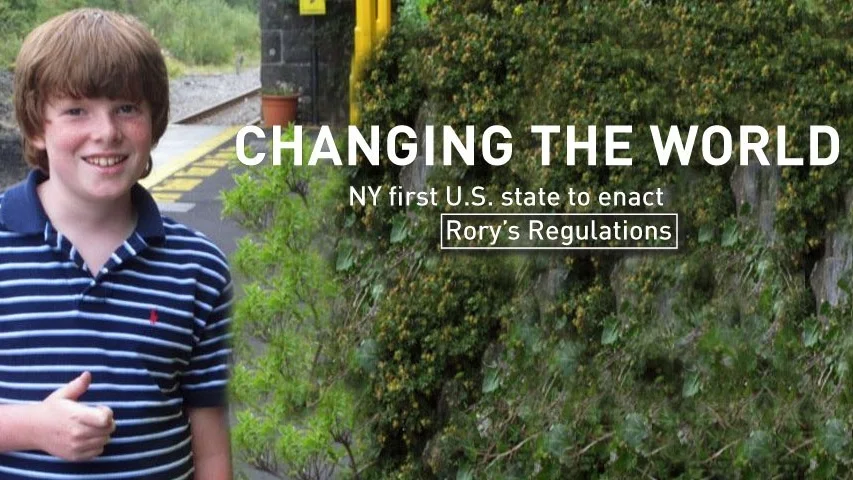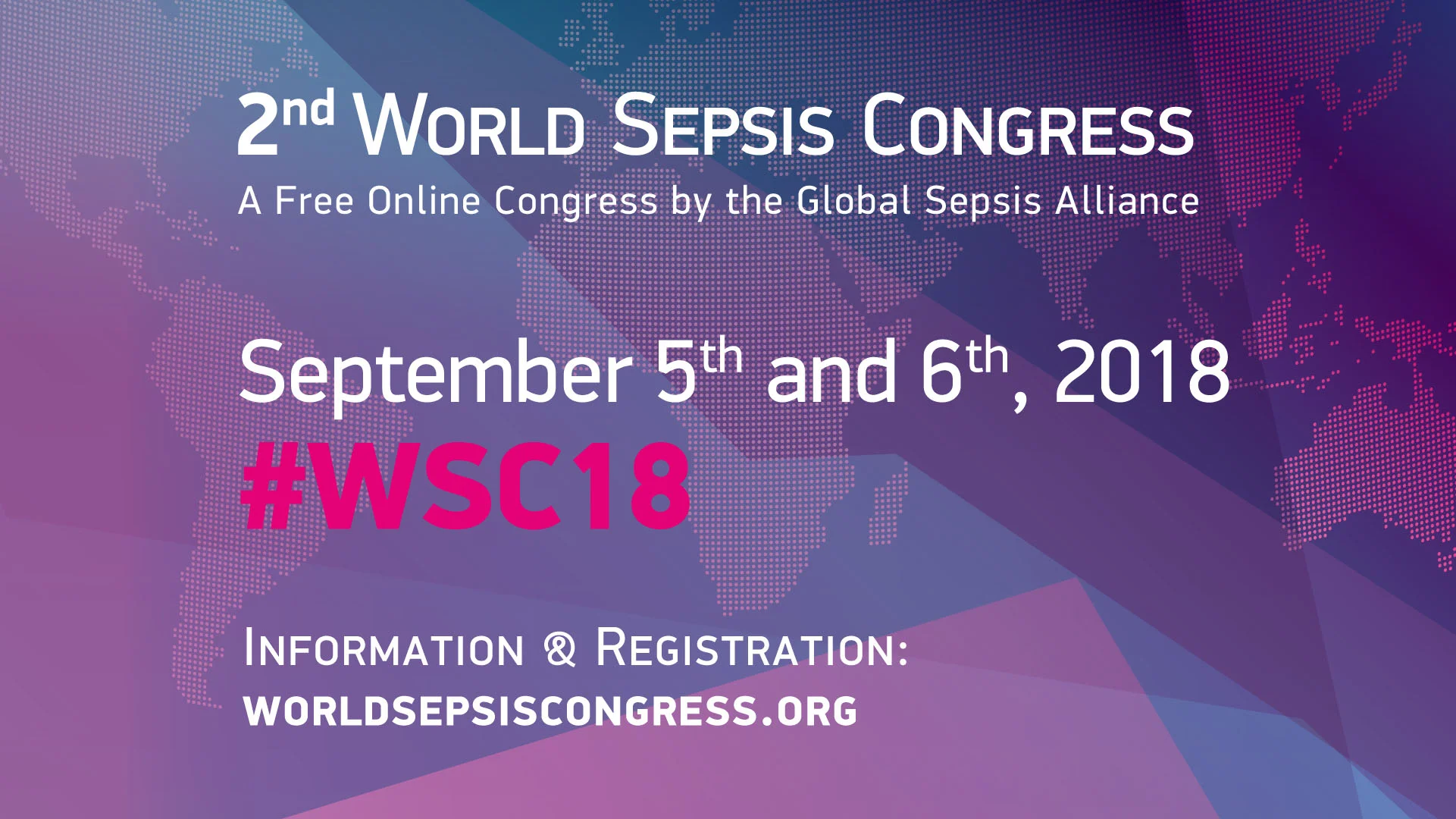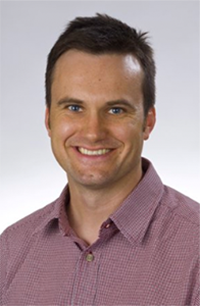I gave birth to our daughter in Sept 2014. Apart from the usual challenges of a new baby, everything was going well. Our little family of three was living life to the fullest and life was good. Then, ten months later, in July 2015, our world turned upside down. I had been suffering a recurring sore throat for months. I thought I was just run down being a new mum and didn’t think much of it. Little did I know a storm was brewing inside me.
In the early hours of July 12th, 2015, I was settling our daughter after she’d woken. As I left her room I banged my elbow quite hard but gave it a rub and went back to bed. An hour or so later, I awoke to golf ball size swelling on my elbow and extreme pain but no wound. Within two hours I was shivering uncontrollably and rocking back and forth screaming for my husband to take me to hospital. It was very early on a Sunday morning and my husband was barely awake as he got our ten-month-old daughter ready and helped me dress. I felt sicker than I’d ever felt before. We only lived a few kilometers from our local hospital. As we drove there I remember saying to my husband “I know this sounds silly but even though we’re close to the hospital, I feel like I should be in an ambulance”.
I spent about twelve hours in the emergency department with staff checking me for a dislocated elbow and various other things. It felt like no one knew what was wrong. I experienced many puzzled looks and pondering stares from the doctors. After a few hours with the redness around the swelling growing, I was given IV antibiotics. After more recently reviewing my records I can see they were not broad-spectrum (broad-spectrum antibiotics are usually administered in sepsis cases when the herd of the infection is still unclear). My heart rate kept increasing and my blood pressure was dropping – both signs of sepsis, as I learned only afterwards. After about four hours, I was given an ECG. Afterwards the doctor asked, “did you have a bad heart as a child?”. I explained that I had been generally healthy my whole life. Shortly after this I was reviewed again and my IV antibiotics were then changed to a different kind which I believe were broad spectrum. Mid-afternoon an orthopedic surgeon came to review me. He drew some fluid from my elbow and advised it was bursitis with an infection present that needed to be “washed out” in surgery the following day. I was told to wait in the emergency room while they found a bed for me in a ward. I remember feeling distressed throughout the day, but my anxiety was somewhat subdued by the strong pain relief I had been given. After reassuring my husband I would be okay, he and our daughter left late that afternoon. My heart rate continued to be above 130bpm, I was still experiencing rigors and my blood pressure progressively continued to drop. At about 6pm, I was checked by someone from ICU who gave me the all clear to be sent to the ward with a note for my blood pressure to continue to be monitored. At this point, my anxiety was heightened again. I just felt a sense of dread and fear but not wanting to be difficult or create a fuss I said nothing. I ate dinner in the emergency department before being moved to the ward around 7pm.
Upon arrival in the ward my blood pressure was routinely checked. It had hit 60/40. The nurse advised she needed to call a team from ICU as I was in septic shock. That nurse named Monique saved my life. I haven’t seen her again since but will never forget her.
While I was prepped for emergency surgery, a phone was put to my ear and I was asked to quickly speak to my husband. I can’t remember what I said but my husband tells me I seemed very calm given he’d just been told by one of the doctors I was in ICU and about to have emergency surgery. Apparently, I reassured him and said to stay home with our daughter and to visit me in the morning. I then signed forms to agree to the surgery. Shortly after that, I remember the ICU team explaining that I was very, very sick and this was very serious. It then hit me: I might not even wake up from the surgery. I began to panic but then a sudden calm came over me. I told myself there’s nothing I can do. If I wake up I am going to fight and will make it. I surrendered and let the ICU team do what they could to save me.
I woke up in the early hours of the following morning on a ventilator. I moaned screams and was breathing around the tube begging for it to be taken out. I knew I was alive and I was ready to continue my fight.
I spent three days in the ICU on broad-spectrum antibiotics. After a brief scare of possible necrotizing fasciitis (that was thankfully just cellulitis), it was confirmed on the third day that my infection was Group A Streptococcus. My antibiotics were then more targeted, and I spent a further three days in high dependency (that included a diagnosis of hospital-acquired pneumonia) and then several more days in a ward.
I was discharged from the hospital with a letter for my GP for follow-up. The main focus of this follow-up was to have a chest x-ray three months post my pneumonia diagnosis. That was it. I had been reviewed. My infected arm was healing. I might feel a bit run down after suffering pneumonia but essentially, I just needed to finish my course of oral antibiotics and life should get back to normal, right?
It took me three months to feel remotely normal. My initial side effects were memory loss and brain fog, weakened immune system, fever and chills (I felt like I had a broken thermostat). My biggest challenge was explaining to family, friends and colleagues how an “infected arm” was causing so many other issues. I felt guilty that I couldn’t return to work sooner and in the end, I probably went back too quickly. My suffering was invisible, and I felt I had nowhere to turn for support.
After a few months I was feeling terribly lost and alone. Why wasn’t I feeling better? What’s wrong with my brain? Why can’t I remember the name of things or what I was doing two minutes ago? Why is my hair falling out in parts? Why am I so exhausted? Why am I terrified that it will all happen again or someone I care about will get as sick as l did? I had been doing a good job putting on a brave face, but I needed to do something as I didn’t know how much more I could take. I needed answers. I decided to read my discharge notes to look for clues. There, staring at me in the first sentence were those two words that Monique the nurse had uttered before she called ICU; septic shock. I had no idea what that was or what it meant. It certainly wasn’t explained to me in hospital or by my GP. When I researched septic shock, I discovered the word sepsis. It was the first time I had ever heard that term. Reading about sepsis and septic shock and post-sepsis syndrome I suddenly realized how sick I had been and why I was still feeling like I did. I’m so grateful for the websites provided by the GSA, the Sepsis Alliance, and the UK Sepsis Trust. They saved me from a dark lonely place and helped guide me towards the beginning of my journey to become an advocate for sepsis.
Eventually I discovered the website of the Australian Sepsis Network and made contact. They are doing an excellent job being a voice for sepsis in Australia and have been a great resource and support for me. I also joined many of the sepsis support groups on Facebook which have also been a wonderful support that I know I can turn to any time of day. Inspired by these groups, in January 2017, I created the Australia and New Zealand Sepsis Support Group. I’m also very active on Twitter. Later in 2017, I was invited by the Australian Sepsis Network to participate in their inaugural round table as a consumer representative. I’m very proud of everyone that participated and contributed to the report, Stopping Sepsis: A National Action Plan. I’m waiting with hope and anticipation that the Australian Government will adopt the recommendations of this report which will see much needed improvements to ease the health and economic burden of sepsis in our country.
Going forward, my hope is to see countries around the world adopt the recommendations from the May 2017 World Health Organization Resolution on Sepsis. It is imperative that sepsis protocols are mandated across healthcare systems to ensure rapid detection and treatment of sepsis. I hope to see improved education and awareness amongst both healthcare professionals and the general public. I’d also like to see improved support for those that experience sepsis and their families – both while in hospital and post sepsis.
Three years on from my experience with septic shock I still suffer from cognitive issues and anxiety. It’s hard on my husband who is a constant support – particularly when I find it hard to cope when our daughter or others I care about get sick. He is patient when I’m constantly checking temperatures or heart rates. My family, friends, and colleagues are regularly reminded of the importance of sepsis awareness and know how passionate I am about it. I’m grateful to them for their patience but mostly for their support. Every opportunity I have to create sepsis awareness could be an opportunity to save a life.
Through my involvement with sepsis advocacy I have met many wonderful people yet heard many heart-breaking stories. The ones I particularly cannot accept are the lives lost or lasting disabilities survivors are left with, especially when it has happened to children. Hearing these stories and knowing there is still much work to be done to improve the outcomes for sepsis fuels a fire in my belly that I don’t think will ever go out. I get involved wherever I can to help create awareness and hope to do so much more. As much as I regret my experience with sepsis, I believe it happened for a reason. I now have an obligation to fight sepsis for others, and I will, just as I fought for myself.




















